May 30, 2025 | 12:42 GMT +7
May 30, 2025 | 12:42 GMT +7
Hotline: 0913.378.918
May 30, 2025 | 12:42 GMT +7
Hotline: 0913.378.918

The proactive efforts of local government agencies have led to significant progress in Nghe An's anti-IUU (illegal, unreported, and unregulated) fishing initiative. Photo: Viet Khanh.
In accordance with directives from the Government and the Ministry of Agriculture and Rural Development (MARD), Nghe An issued 24 official documents outlining urgent measures to address IUU fishing issues following the fourth inspection by the European Commission (EC) in October 2023.
As part of the implementation, the province has focused on identifying and addressing "three no" fishing vessels. Accordingly, vessel owners have been advised to comply with regulations and eliminate illegal operations. Furthermore, the province has enhanced its efforts in monitoring and verifying catch volumes at fishing ports and landing sites, with the aim of promoting transparency and accuracy.
With the aim of enhancing law enforcement, particularly regarding vessels disconnecting their Vessel Monitoring Systems (VMS), the Nghe An Provincial People's Committee issued Decision No. 2644/QD-UBND on October 9, 2024. This document defines the management, utilization, and handling of VMS data and assigns the Provincial Border Guard Command as the primary facilitator.
In addition, Nghe An Province's Department of Agriculture and Rural Development has coordinated with the Provincial Border Guard Command and local governments to conduct inspections and compile a detailed inventory of fishing vessels. As of October 28, 2024, Nghe An houses 3,158 fishing vessels, including 2,876 vessels subject to registration requirements (vessels with a maximum length of 6 meters or more). All eligible vessels have been marked and registered in compliance with Circular No. 23/2018/TT-BNNPTNT.
Owners of fishing vessels that are ineligible for operation have been instructed to remove their fishing gear and equipment. District-level People's Committees are tasked with overseeing this process and guiding communes and villages to collaborate with coastal border stations for regular monitoring. Implementation measures include strict monitoring of docked vessels with disconnected VMS, unregistered vessels, or vessels lacking fishing permits. Consequently, non-compliance vessels are strictly prohibited from operating.
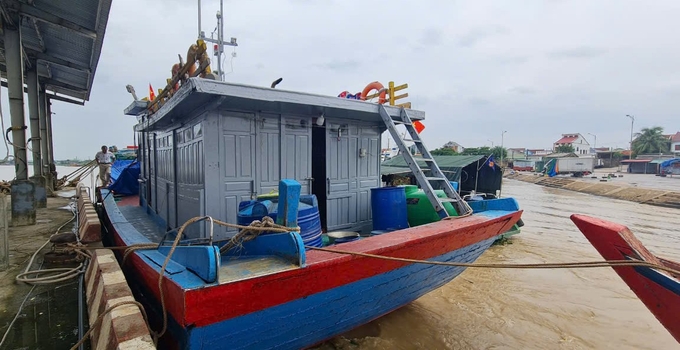
Vessel owners in Nghe An have demonstrated improved awareness and compliance with legal regulations. Photo: Viet Khanh.
To sustain the effectiveness of anti-IUU fishing measures, Nghe An has proposed two key recommendations. First, the development and implementation of appropriate policies and mechanisms to support provincial fisheries enforcement units. Second, the central government and relevant authorities are urged to strictly inspect and penalize registration agencies failing to comply with regulations, particularly those neglecting to update inspection data on the VNFishbase system, ensuring accurate monitoring and evaluation.
To maintain the effectiveness of anti-IUU fishing measures, Nghe An has proposed two key recommendations. Firstly, the development and implementation of suitable policies and mechanisms to support provincial fisheries enforcement units. Secondly, the central and local governments are responsible for inspecting and penalizing registration agencies for failure to comply with regulations, with an emphasis on violators who fail to update inspection data on the VNFishbase system.
Translated by Nguyen Hai Long

(VAN) Ms. Nguyen Thi Dung, Deputy Director of Ngoc Hoang Cooperative, shared about the journey of bringing dragon fruit to Europe, achieving annual revenues in the billions of VND.

(VAN) Bamboo products from Thang Tho Bamboo Cooperative have reached many countries around the world, while also creating jobs for local workers.
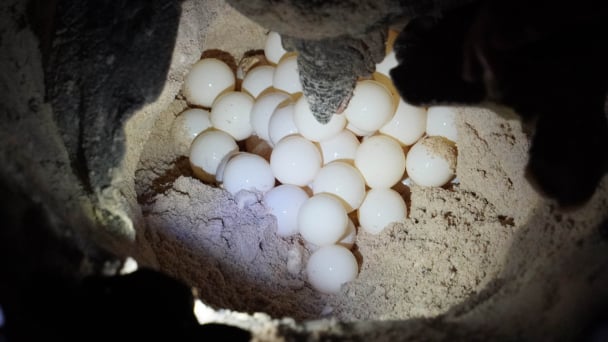
(VAN) The Management Board of Con Dao National Park reported that a green sea turtle, tagged in the Philippines, has traveled thousands of kilometers to lay 84 eggs on Bay Canh Islet.
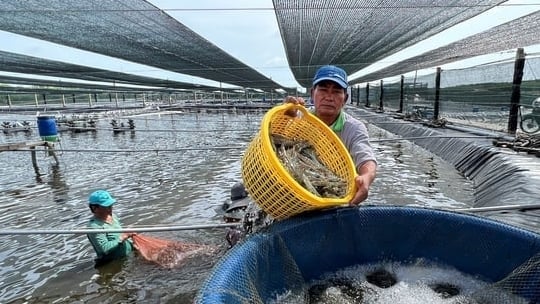
(VAN) Green technology is paving a new path for sustainable aquaculture in the Mekong Delta in particular and across the country in general, helping reduce emissions and adapt to climate change.
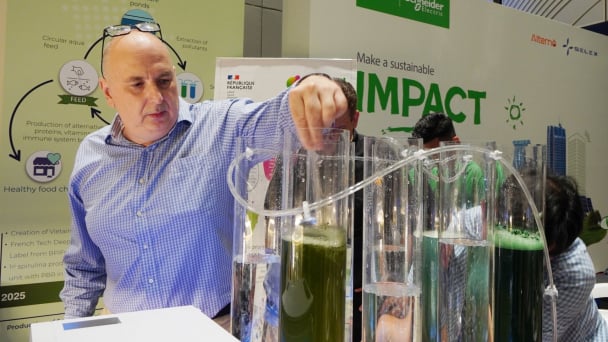
(VAN) On May 27, La French Tech Vietnam (the French startup and innovation community in Vietnam) held the French Tech Summit Vietnam 2025.
/2025/05/27/4731-2-223159_980.jpg)
(VAN) No votive paper, no styrofoam, no plastic bags, no plastic bottles, and no single-use plastic trays are the key rules tourists should keep in mind when visiting Con Dao.
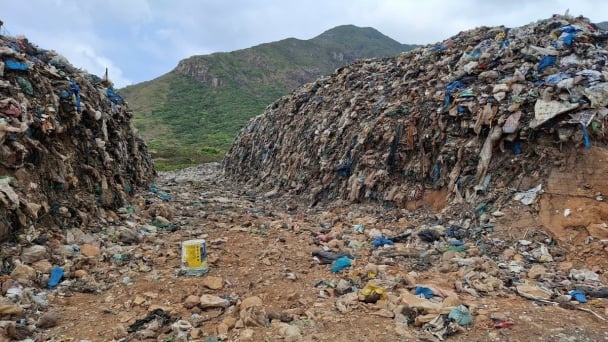
(VAN) In the fight against plastic pollution, Vietnam has been demonstrating a proactive, pioneering, and active role in addressing the greatest environmental challenge today.